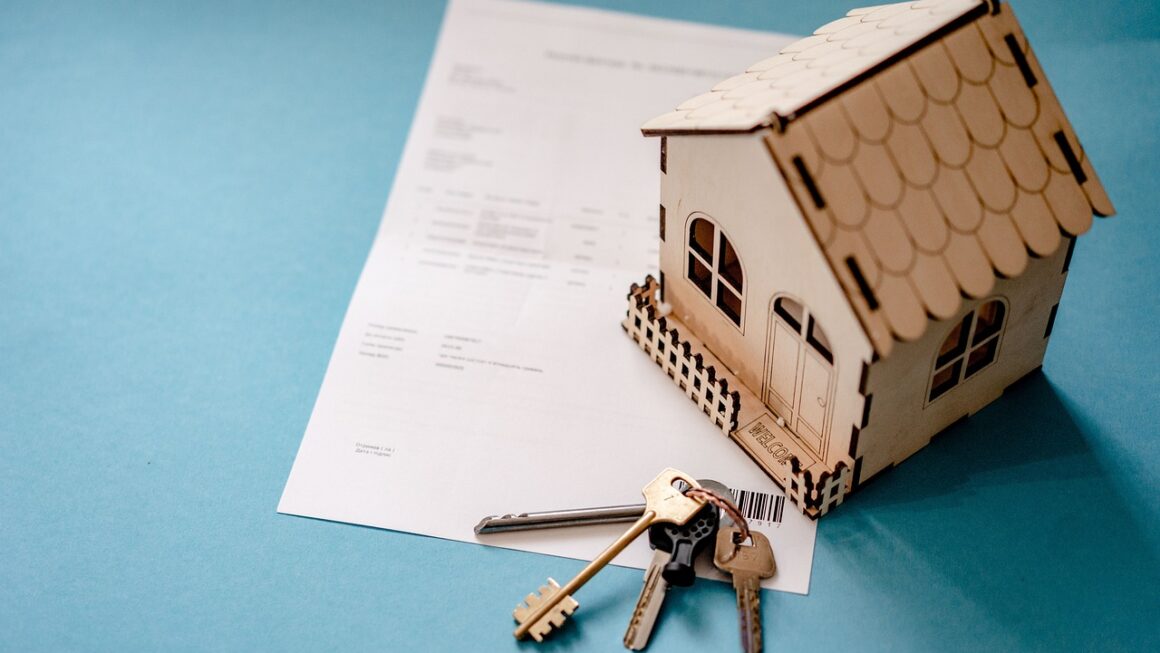Creating a personal budget can feel daunting, but it’s the cornerstone of financial stability and achieving your goals, whether it’s buying a home, retiring early, or simply reducing stress about money. A well-crafted budget gives you control over your finances, allowing you to track where your money is going, identify areas for improvement, and ultimately build a more secure financial future. Let’s break down the steps to creating and maintaining a successful personal budget.
Understanding the Basics of Personal Budgeting
Why is Budgeting Important?
Creating a personal budget isn’t just about restricting spending; it’s about empowerment. It allows you to:
- Gain Control: Understand exactly where your money goes each month.
- Identify Savings Opportunities: Pinpoint areas where you can cut back on unnecessary expenses.
- Achieve Financial Goals: Allocate funds toward saving for a down payment, paying off debt, or investing.
- Reduce Financial Stress: Knowing you have a plan for your money can alleviate anxiety and improve peace of mind.
- Prepare for Unexpected Expenses: Build an emergency fund to handle unforeseen costs without derailing your finances.
Budgeting also enables you to align your spending with your values. Are you prioritizing experiences over material possessions? Is your spending reflecting your long-term goals? Your budget should be a reflection of what’s truly important to you.
Common Budgeting Methods
Several budgeting methods can help you manage your finances effectively. Here are a few popular approaches:
- 50/30/20 Rule: Allocate 50% of your income to needs, 30% to wants, and 20% to savings and debt repayment. For example, if you earn $4,000 per month after taxes, $2,000 would go to needs (housing, food, transportation), $1,200 to wants (dining out, entertainment), and $800 to savings and debt.
- Zero-Based Budgeting: Assign every dollar a purpose, so your income minus expenses equals zero. This ensures that you’re actively making decisions about where every dollar goes.
- Envelope Budgeting: Use physical envelopes to allocate cash for specific spending categories. This method is particularly effective for controlling discretionary spending.
- Tracking Apps & Software: Utilize budgeting apps or software like Mint, YNAB (You Need a Budget), or Personal Capital to track your spending and monitor your progress. These tools often automate categorization and provide insightful reports.
Choosing the right method depends on your personal preferences and financial situation. Experiment to find the system that works best for you.
Calculating Your Income and Expenses
Determining Your Income
Accurately calculating your income is crucial for creating a realistic budget.
- Net Income: Focus on your net income, which is your income after taxes and other deductions (such as health insurance or retirement contributions).
- Multiple Income Streams: If you have multiple income sources (e.g., a full-time job and freelance work), calculate the average income from each source over several months to account for any fluctuations.
- Irregular Income: If your income is highly variable, consider using the lowest income month as a baseline for your budget and treat any extra income as a bonus that can be allocated to savings or debt repayment.
- Example: Let’s say you earn $60,000 annually, and your net monthly income after taxes and deductions is $4,000. This is the figure you will use to build your budget.
Tracking Your Expenses
Tracking your expenses is equally important. This involves identifying where your money is currently going.
- Categorize Expenses: Group your expenses into categories such as housing, food, transportation, utilities, entertainment, and debt payments.
- Use a Tracking Tool: Utilize a budgeting app, spreadsheet, or notebook to record every expense.
- Review Bank Statements & Credit Card Bills: Regularly review your bank statements and credit card bills to identify spending patterns and ensure you’re not missing any expenses.
- Distinguish Between Fixed and Variable Expenses: Fixed expenses are consistent each month (e.g., rent, mortgage), while variable expenses fluctuate (e.g., groceries, entertainment). Knowing the difference helps you identify areas where you can cut back.
- Example: After tracking your expenses for a month, you might find that you’re spending $1,200 on housing, $600 on food, $400 on transportation, and $300 on entertainment.
Setting Realistic Financial Goals
Short-Term Goals
Short-term goals are typically achieved within a year.
- Emergency Fund: Aim to save 3-6 months’ worth of living expenses in an easily accessible emergency fund.
- Debt Repayment: Focus on paying off high-interest debt, such as credit card balances.
- Saving for a Vacation: Plan and budget for a vacation or other short-term financial goal.
- Example: You might set a goal to save $1,000 per month for an emergency fund until you reach your target amount of $10,000.
Long-Term Goals
Long-term goals require more planning and time to achieve.
- Retirement Savings: Contribute consistently to retirement accounts, such as 401(k)s or IRAs.
- Buying a Home: Save for a down payment on a home.
- Investing: Invest in stocks, bonds, or other assets to grow your wealth over time.
- Education: Save for college tuition or other educational expenses.
- Example: You might set a goal to contribute 15% of your income to retirement accounts each month, starting with $600 based on your $4,000 net monthly income.
Aligning Your Budget with Your Goals
Ensure your budget reflects your financial goals by allocating specific amounts to each goal.
- Prioritize Savings and Investments: Treat savings and investments as non-negotiable expenses.
- Automate Savings: Set up automatic transfers to your savings and investment accounts to ensure consistent contributions.
- Regularly Review and Adjust: Periodically review your budget and make adjustments as needed to stay on track toward your goals.
Tips for Sticking to Your Budget
Track Your Spending Regularly
Consistently tracking your spending is essential for staying on budget.
- Use a Budgeting App: Employ a budgeting app to automatically track your expenses and categorize them.
- Set Spending Alerts: Configure spending alerts on your credit cards to notify you when you’re approaching your budget limits.
- Review Your Budget Weekly: Dedicate time each week to review your budget and identify any areas where you might be overspending.
Avoid Common Budgeting Pitfalls
- Being Too Restrictive: Avoid creating a budget that’s too restrictive, as it can lead to burnout and overspending. Allow for some discretionary spending to maintain a balanced lifestyle.
- Ignoring Irregular Expenses: Account for irregular expenses, such as car maintenance or annual insurance premiums, by setting aside money each month.
- Not Having a Contingency Plan: Create a contingency plan to address unexpected expenses or income fluctuations.
Reward Yourself
- Set Small, Achievable Goals: Break down your financial goals into smaller, more manageable steps.
- Celebrate Milestones: Reward yourself when you reach significant milestones, such as paying off a credit card or reaching a savings goal.
- Enjoy the Process: Remember that budgeting is a tool to help you achieve your dreams, not a punishment.
Conclusion
Creating and sticking to a personal budget is a journey, not a destination. By understanding the basics of budgeting, calculating your income and expenses, setting realistic financial goals, and implementing practical tips for staying on track, you can gain control over your finances and build a more secure future. Regularly review and adjust your budget to adapt to changing circumstances and ensure it continues to align with your goals. Start small, be patient with yourself, and celebrate your progress along the way.




